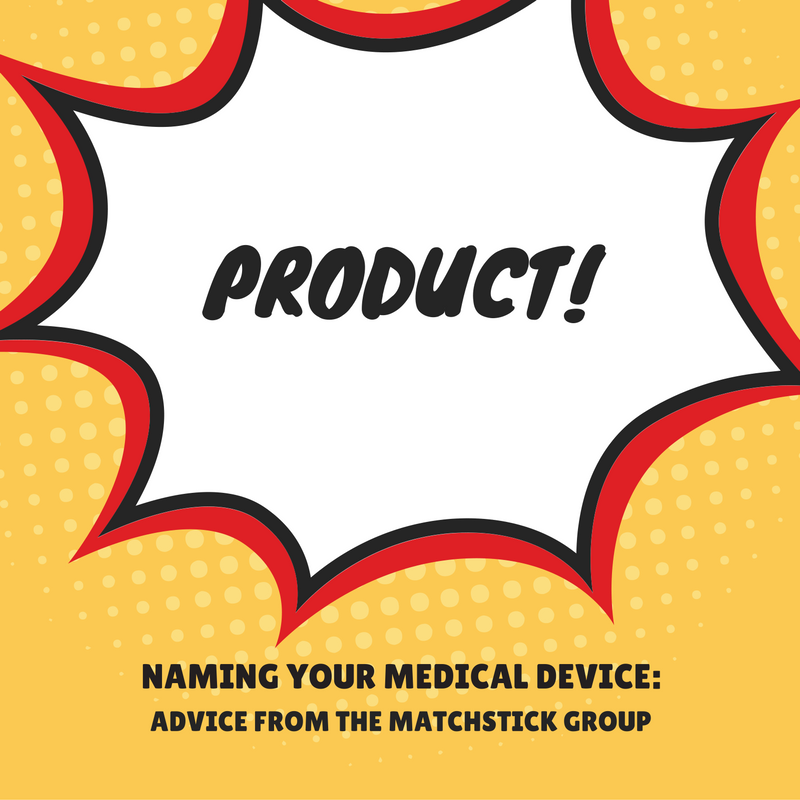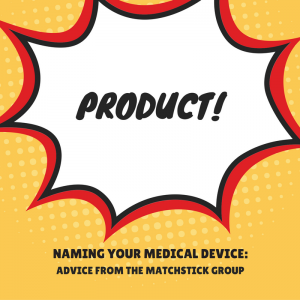A few years ago, I became pregnant with my first child. Amidst the joy, anxiety, nesting, and doctor’s appointments lay another task—thinking of a name for this person! At first we made light of the situation, thinking of every silly name we could (I expect that most celebrities stop at this phase of the process). We would have endless fun spouting any ridiculous name that popped into our heads, trying to best each other in feats of whimsy. “Tomato!” “Butterscotch!” “Frank Zappa!” Eventually, we began running out of “silly” ideas, and the good ideas would start to make their way into the game. We knew we wanted something unique, but not weird, something cool, but not embarrassing: “How about Cyrus?” “Percival?” “Tiberius?” The good ideas started to multiply, which was followed by research: “No, we can’t name him that, that was the name of a terrible Roman emperor”! Through the gradual process of narrowing down the pool of possibilities, we finally arrived at the perfect name for our little guy. And then found out we were having a girl.
How do we go about naming things in the advertising world? An article in the New York Times Magazine says that one agency can generate up to 6,500 potential names for a single product. Agencies are now using algorithms and apps to aid in the brainstorming process. One Swiss agency bases its business on making up neologisms for products based purely on the visual and rhythmic appeal of the word. The big business of naming has fostered new technologies and a plethora of different approaches, but at its core, coming up with a novel name for a product is more than a purely creative process.
Our process for medical device naming usually begins with the brand positioning because we strive to make the name as powerful a brand statement as possible. A good example of this is a product that we worked on for Angiotech, now Surgical Specialties. They had to rename and relaunch a medical device that addressed biopsy-related pneumothorax because of a trademark conflict in China. We worked with them on the strategy and positioning for the brand and conducted a series of one-on-one interviews with interventional radiologists.
The key insight uncovered was that no physician wanted to acknowledge that they had an issue with pneumothorax in the first place (this device was originally positioned as something that prevented pneumothorax by sealing the lung tissue). So how could we speak to preventing something that in the target’s mind was an off-limits subject? We pivoted from positioning this device as one that offered prevention to a device that offered protection from pneumothorax. This spoke to the IRs wish to protect their patients from harm without trespassing on issues of physician competency.
We then used that position as ‘protector’ as a cornerstone in our naming development. The product was renamed BioSentry and the relaunch has been an amazing success.
<<Click here for more on the BioSentry case study>>
By starting with research, we were able to make the most of our creative process, a bit like starting a race closer to the finish line. Naming my child started with the creative and ended with research, vastly extending the time spent on the project.
So which is harder—naming a medical device or a child? Well, here at The Matchstick Group, we’re glad to assist you in naming your medical device. In fact, you can check out the simple app that we built to help you get started.
As for your children’s names, you’re on your own.






